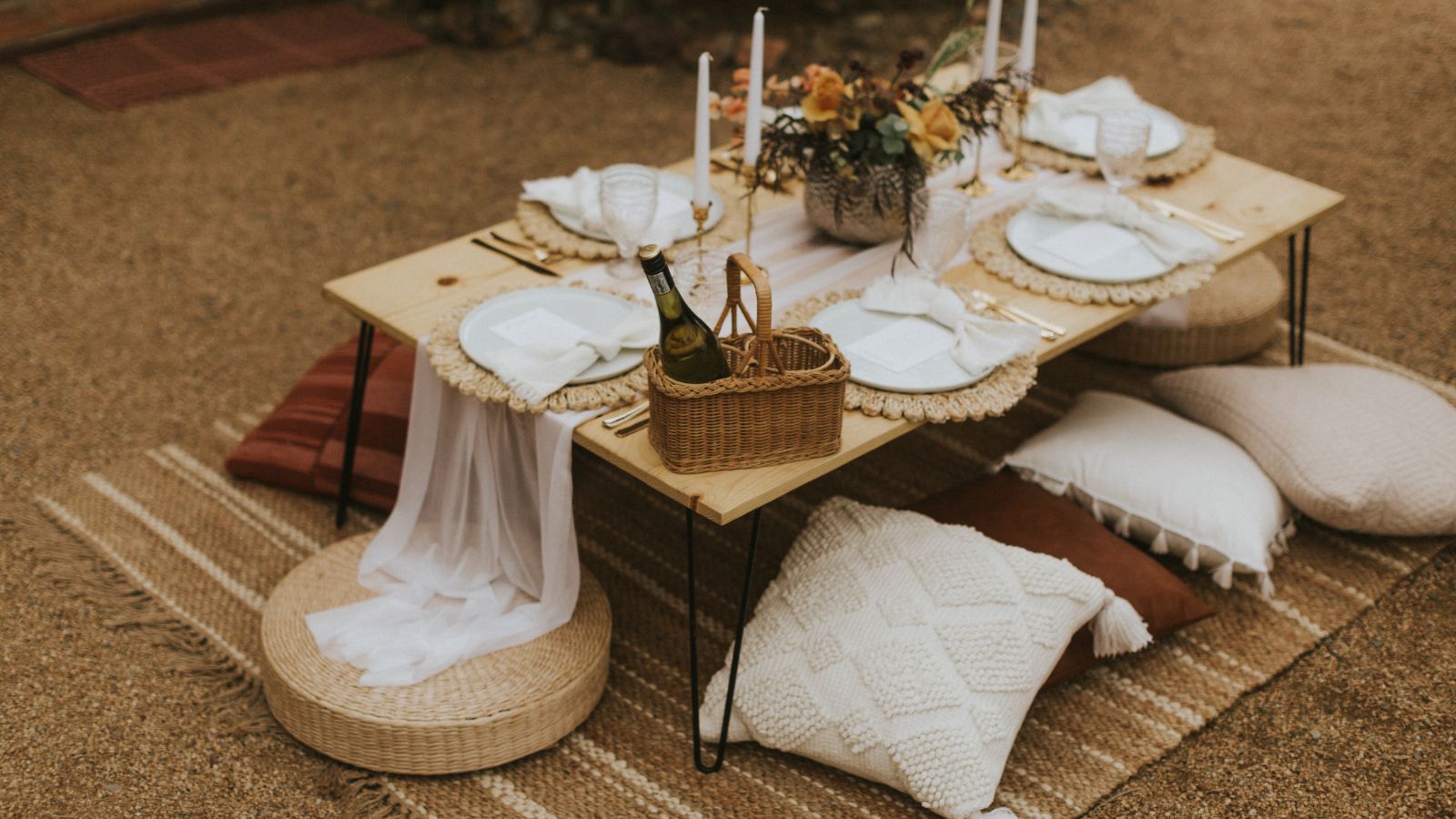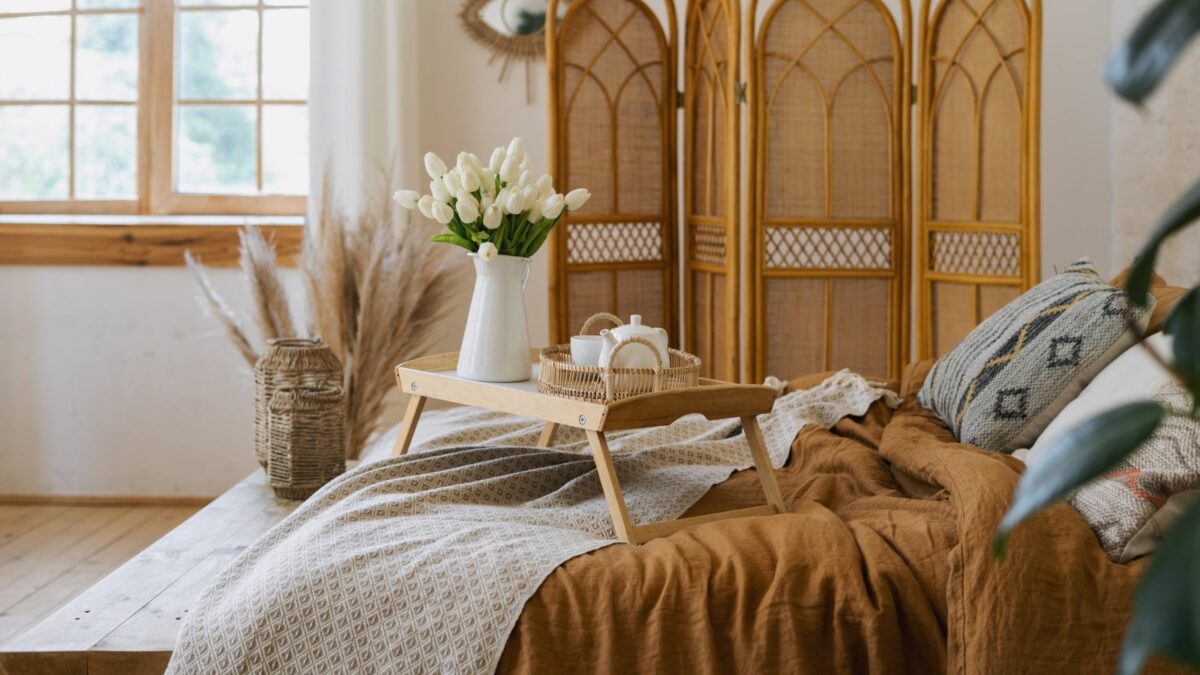Living bohemian means embracing an unconventional life filled with rich experiences, artistic endeavours, and a deep connection with the world around us. It’s about finding beauty in the ordinary and celebrating individuality. For those who choose this path, it’s not just a style; it’s a way of life.
Bohemian Lifestyle
The term Bohemian took root in the early 19th century. It’s derived from a derogatory French slang referring to the Romani people, mistaken to have originated in Bohemia, a region in the Czech Republic. Historians trace the evolution of the Bohemian Lifestyle back to France’s artistic districts and conclude that this vibrant, offbeat lifestyle has since spread globally.
The Bohemian Lifestyle came to significance through the pre-Raphaelite movement in the late 19th century. This movement embraced creativity, personal expression, and defied the conformities of Victorian age social norms. It’s during this period that many famous figures such as writers and artists adopted the Bohemian Lifestyle, providing it the cultural solidification we see today.
Further evolution of the Bohemian Lifestyle followed the Beat Generation in the 1950s. The Beats were a group of artists and writers recognized for rebellion against societal norms. They valued spontaneity, spirituality, and personal expression. This period marked a significant step forward in popularising the Bohemian Lifestyle.
Finally, the age of the hippies in the late ’60s and ’70s brought Bohemianism to the mainstream. This era was defined by its love for peace, freedom, and communal living. The Bohemian ethos of individuality and nonconformity was evident in hippies’ clothing, music, political viewpoints, and unconventional living arrangements.
The Bohemian Lifestyle, while it has evolved and taken different forms over the centuries, still retains the core values of freedom, creativity, and independence. Today, it’s an influential part of modern culture, inspiring fashion trends, literature, and other artistic pursuits.
Characteristics of Bohemian Living
At its core, the Bohemian Lifestyle is about rejecting societal norms and valuing individuality, self-expression, and personal freedom above all else. This ethos manifests in distinct, identifiable traits seen across generations of Bohemians. However, it’s important to remember that while these shared traits provide a basic framework, the beauty of the Bohemian Lifestyle lies in its fluid nature, encouraging each person to create their unique variant.
Expression of Individuality and Creativity: Embracing Bohemianism means rejecting societal constraints and expressing oneself freely. Bohemians deeply value creativity, seeing it as a fundamental part of their identity. Art, music, literature, and fashion often become outlets for this creativity, leading to innovative ideas and avant-garde trends.
Nonconformity and Anti-establishment Attitudes: Bohemians have typically sought freedom from societal norms, valuing nonconformity over acceptance. Echoing the counterculture movements of the 60s and 70s, many Bohemians hold progressive views on political and societal issues, often advocating for causes they are passionate about.
Love of Travel and Experiential Living: A key characteristic within the Bohemian Lifestyle is the love of travel and exploration. Many favour a nomadic or semi-nomadic lifestyle, regarding experiences as more significant than material possessions. This often results in a minimalistic approach to living, leading to a deeper appreciation of life’s simple pleasures.
 Fashion and Aesthetics
Fashion and Aesthetics
Bohemian style is a reflection of the lifestyle’s emphasis on individuality and self-expression. It’s a fashion statement that eschews mainstream culture, often incorporating vintage elements and styles from various ethnic backgrounds. From colourful, patterned fabrics and layered, loosely fitting clothes to a profusion of jewellery and adornments, the Boho look is simultaneously casual and complex. Asset-free living is another key aspect, where more importance is given to experiences over possession.
Understanding the elements of Boho fashion requires exploring its roots. They likely aren’t aware that this unconventional fashion sense is deeply connected to an individualistic artistic movement that began in 19th-century Paris. As risqué as it might have been back then, it soon gained respect for its unabashed dedication to personal creativity.
The Bohemian aesthetic extends beyond apparel to home décor as well. Their homes often reflect a mix of cultures and eras. Imagine antique Turkish rugs, well-worn leather bound books, walls adorned with artwork from their travels, and houseplants scattered throughout the rooms.
